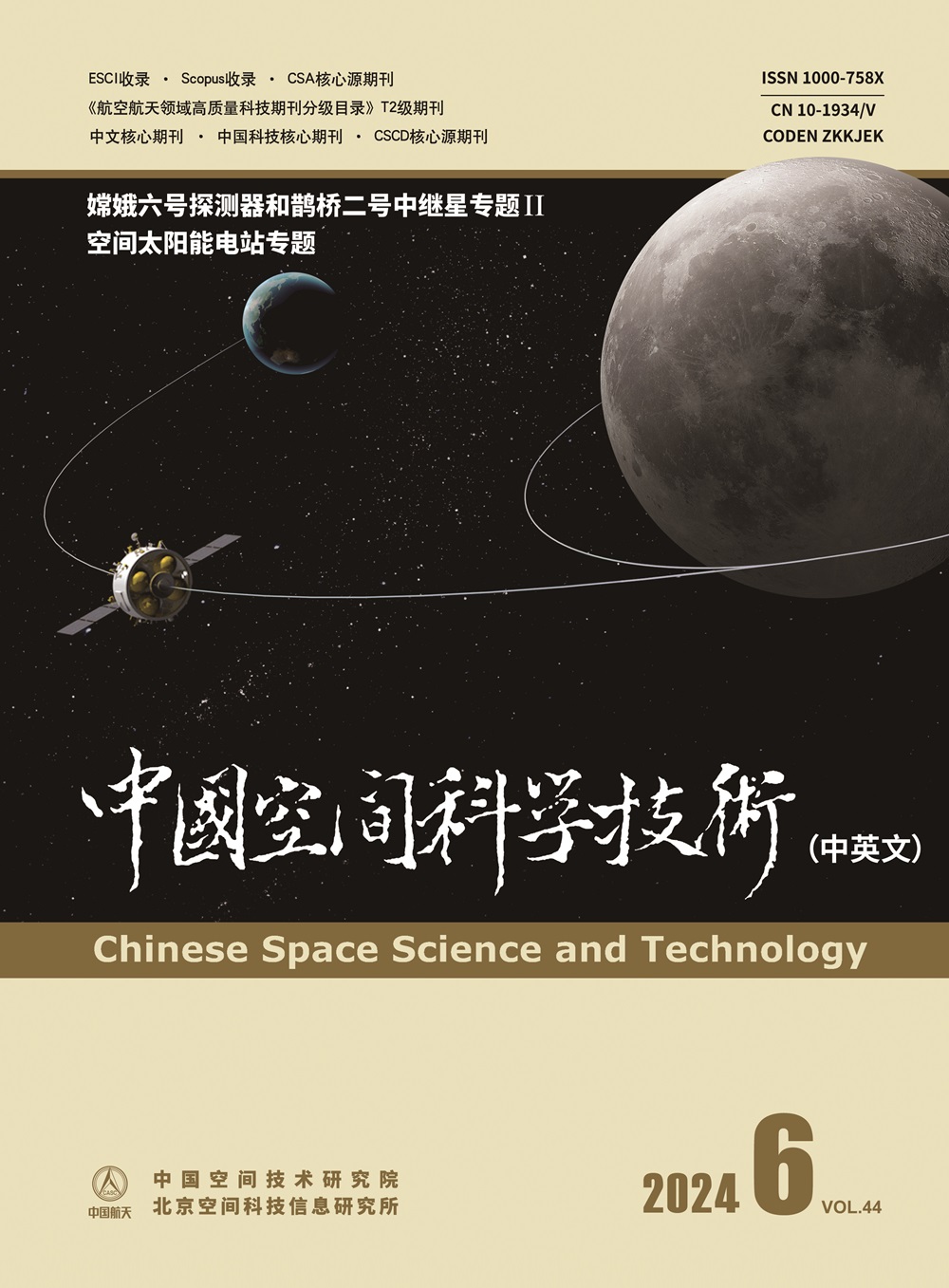Mission Design of an Aperture-Synthetic Interferometer System for Space-Based Exoplanet Exploration
IF 0.5
4区 工程技术
Q4 ENGINEERING, AEROSPACE
引用次数: 3
Abstract
In recent years, exoplanet detection has become the technological frontier in the field of astronomy, because it provides evidence of the origin of life and the future human habitable exoplanet. Deploying several satellites to form an aperture-synthetic interferometer system in space may help discover “another Earth” via interferometry and midinfrared broadband spectroscopy. This paper analyzes a space-based exoplanet exploration mission in terms of the scientific background, mission profile, trajectory design, and orbital maintenance. First, the system architecture and working principle of the interferometer system are briefly introduced. Secondly, the mission orbit and corresponding transfer trajectories are discussed. The halo orbit near the Sun-Earth L2 (SEL2) orbit is chosen as the candidate mission orbit. The low-energy transfer via stable invariant manifold with multiple perigees is designed, and the proper launch windows are presented. A speed increment less than 10 m/s is imposed for each transfer to achieve the insertion of the halo orbit. Finally, the tangent targeting method (TTM) is applied for high-precision formation maintenance with the whole velocity increments of less than 5×10−4 m/s for each spacecraft when the error bound is 0.1 m. The overall fuel budget during the mission period is evaluated and compared. The design in this paper will provide technical support and reliable reference for future exoplanet exploration missions.天基系外行星探测孔径合成干涉仪系统的任务设计
近年来,系外行星探测已经成为天文学领域的技术前沿,因为它提供了生命起源和未来人类可居住的系外行星的证据。在太空中部署几颗卫星形成一个孔径合成干涉仪系统,可能有助于通过干涉测量和中红外宽带光谱学发现“另一个地球”。本文从科学背景、任务概况、轨道设计和轨道维护等方面对某天基系外行星探测任务进行了分析。首先,简要介绍了干涉仪系统的系统结构和工作原理。其次,讨论了任务轨道和相应的转移轨迹。选择日地L2 (SEL2)轨道附近的光晕轨道作为候选任务轨道。设计了具有多个近地点的稳定不变流形低能量传输,并给出了合适的发射窗口。每次传送的速度增量小于10m /s,以实现晕轨的插入。最后,在误差界为0.1 m时,采用切线瞄准法(TTM)对各航天器进行高精度编队维护,使其整体速度增量小于5×10−4 m/s。评估和比较任务期间的全部燃料预算。本文的设计将为今后的系外行星探测任务提供技术支持和可靠参考。
本文章由计算机程序翻译,如有差异,请以英文原文为准。
求助全文
约1分钟内获得全文
求助全文
来源期刊

中国空间科学技术
ENGINEERING, AEROSPACE-
CiteScore
1.80
自引率
66.70%
发文量
3141
期刊介绍:
"China Space Science and Technology" is sponsored by the China Academy of Space Technology. It is an academic and technical journal that comprehensively and systematically reflects China's spacecraft engineering technology. The purpose of this journal is to "exchange scientific research results, explore cutting-edge technologies, activate academic research, promote talent growth, and serve the space industry", and strive to make "China Space Science and Technology" a first-class academic and technical journal in China.
This journal follows the principle of "let a hundred flowers bloom and a hundred schools of thought contend", promotes academic democracy, and actively carries out academic discussions, making this journal an important platform for Chinese space science and technology personnel to publish research results, conduct academic exchanges, and explore cutting-edge technologies; it has become an important window for promoting and displaying China's academic achievements in space technology.
 求助内容:
求助内容: 应助结果提醒方式:
应助结果提醒方式:


